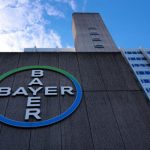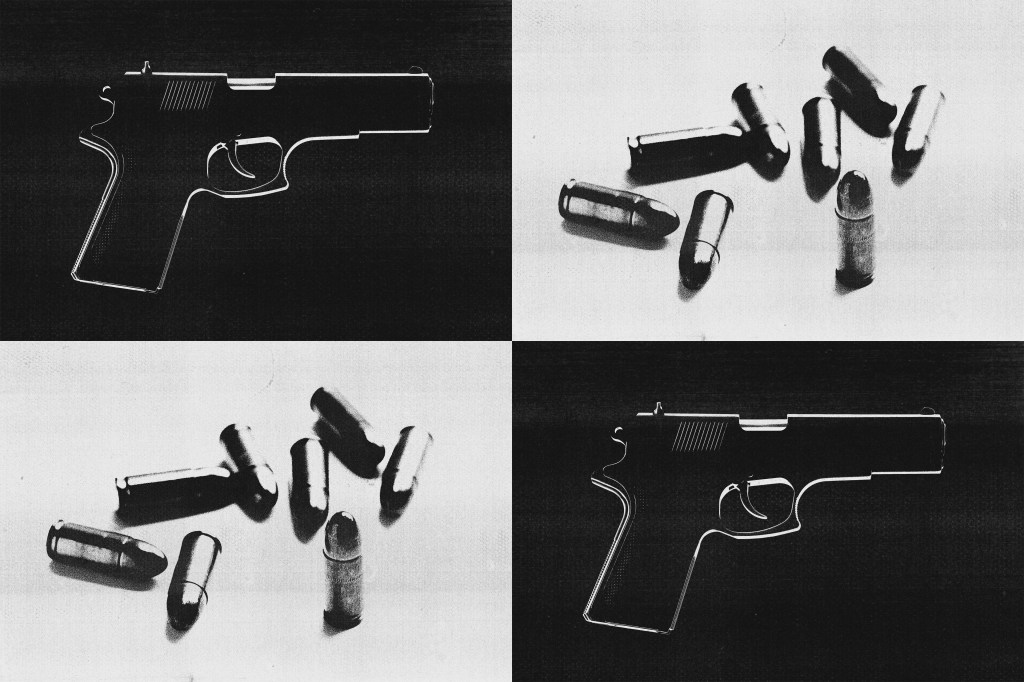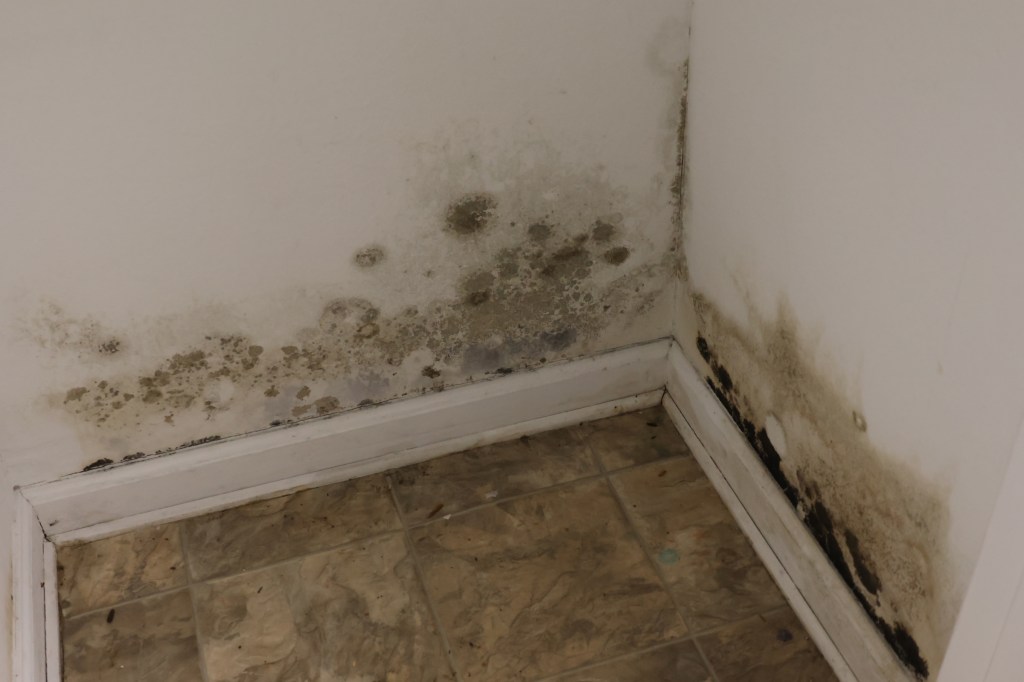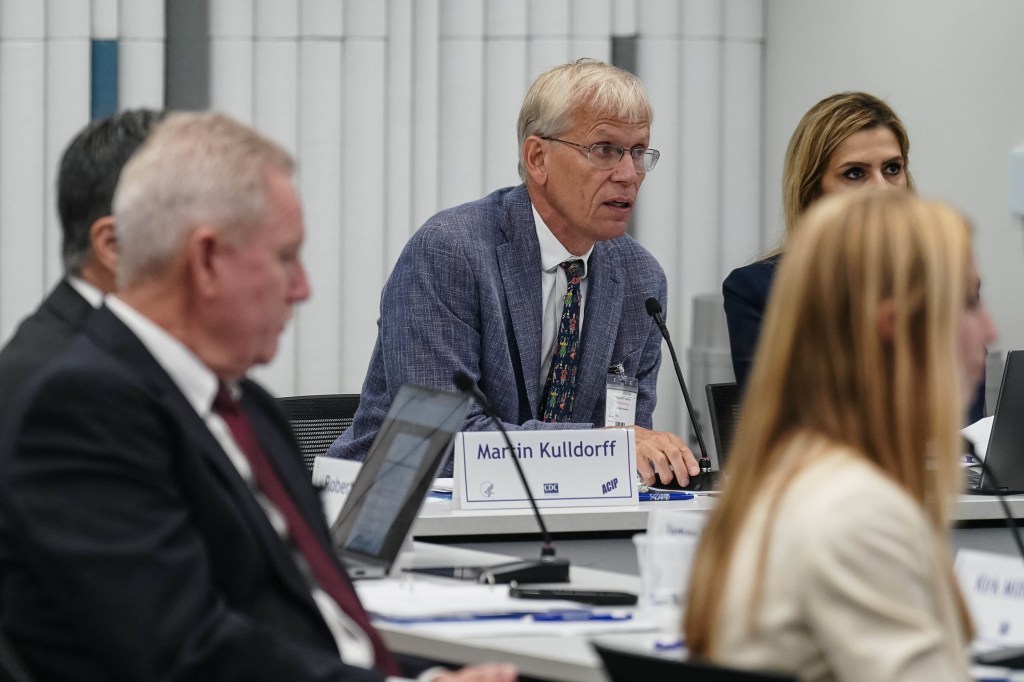On September 19, 2025, an executive order increased the fee for new H-1B petitions from approximately $3500 to $100 000 per applicant. How is this policy likely to impact the healthcare workforce in the U.S.?
A paper by Liu et al. (2025) uses Department of Labor data on certified Labor Condition Applications (LCAs) supporting H-1B visas was used to answer the question.
First, what share of providers are H-1B sponsorred?
In FY 2024, H-1B–sponsored HCPs [health care professionals] accounted for 0.97% of physicians (11 080 of 1 138 056), 0.02% of APPs (122 of 641 605), 0.40% of dentists (1004 of 251 551), and 0.07% of OHCWs (132 of 181 495).
Second, poor and rural areas dispropriationately rely on H-1B workers.
Across 3240 counties, those with the highest poverty level had a significantly higher percentage of H-1B–sponsored physicians than those with the lowest (2.0% vs 0.54%; difference, 1.3%; 95% CI, 1.1%-1.5%; P < .001)…
Rural counties also had a higher percentage of H-1B–sponsored physicians than urban counties (1.6% vs 0.95%; difference, 0.48%; 95% CI, 0.29%-0.66%; P < .001).
The authors also mention that providers on H-1B visas are much more likely cover high need specialty areas such as primary care and psychiatry.
You can read the full paper here and a Marketplace story on this topic here.






